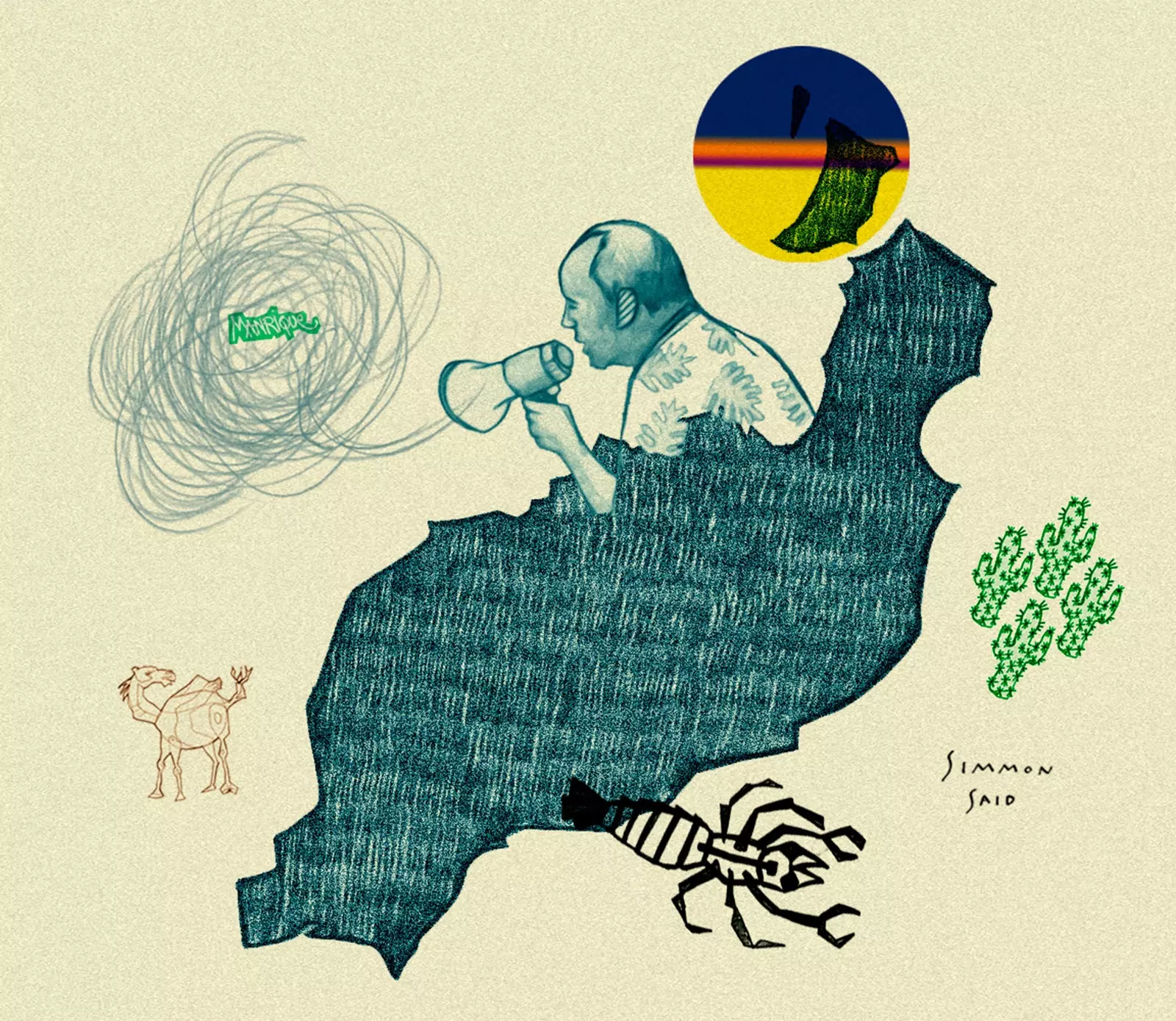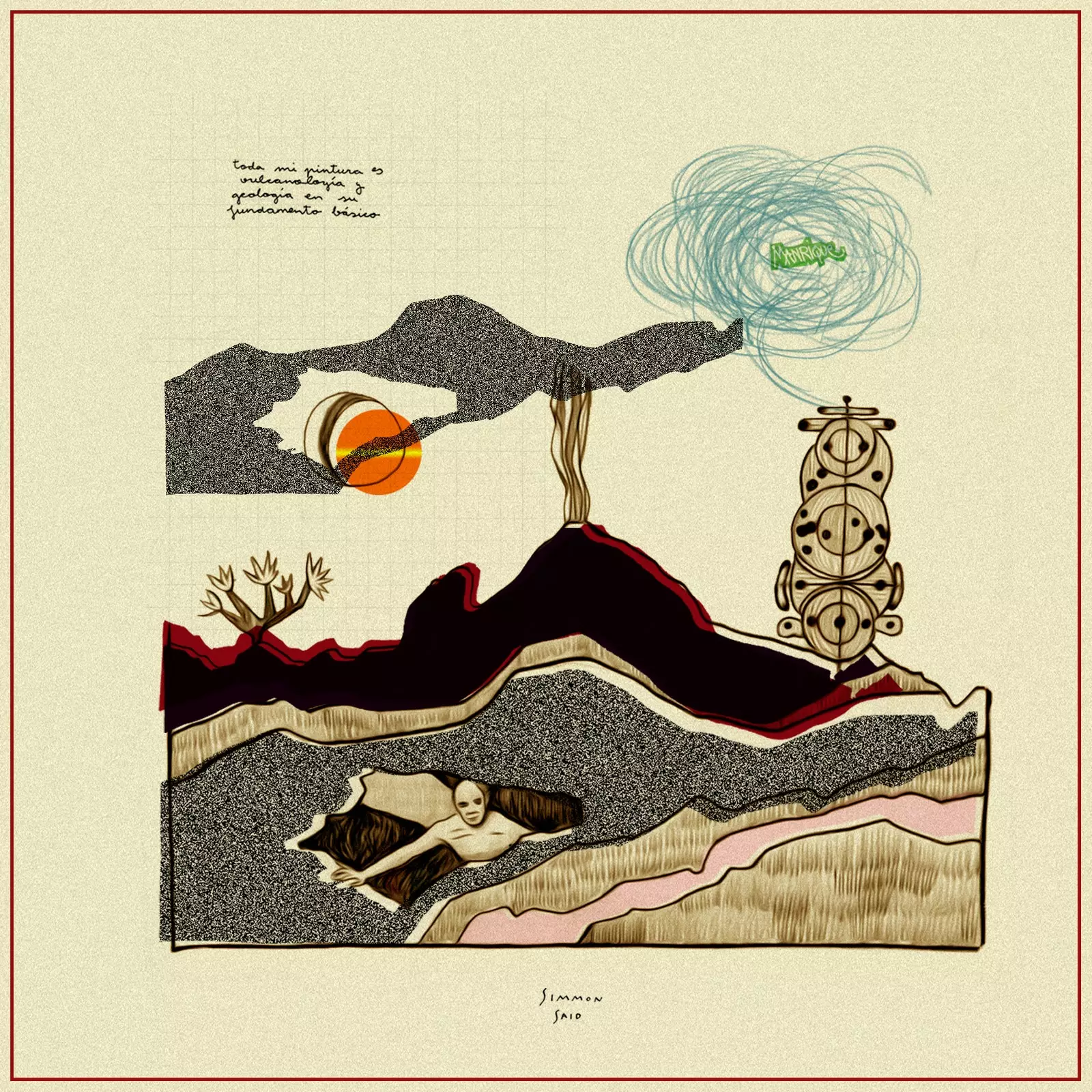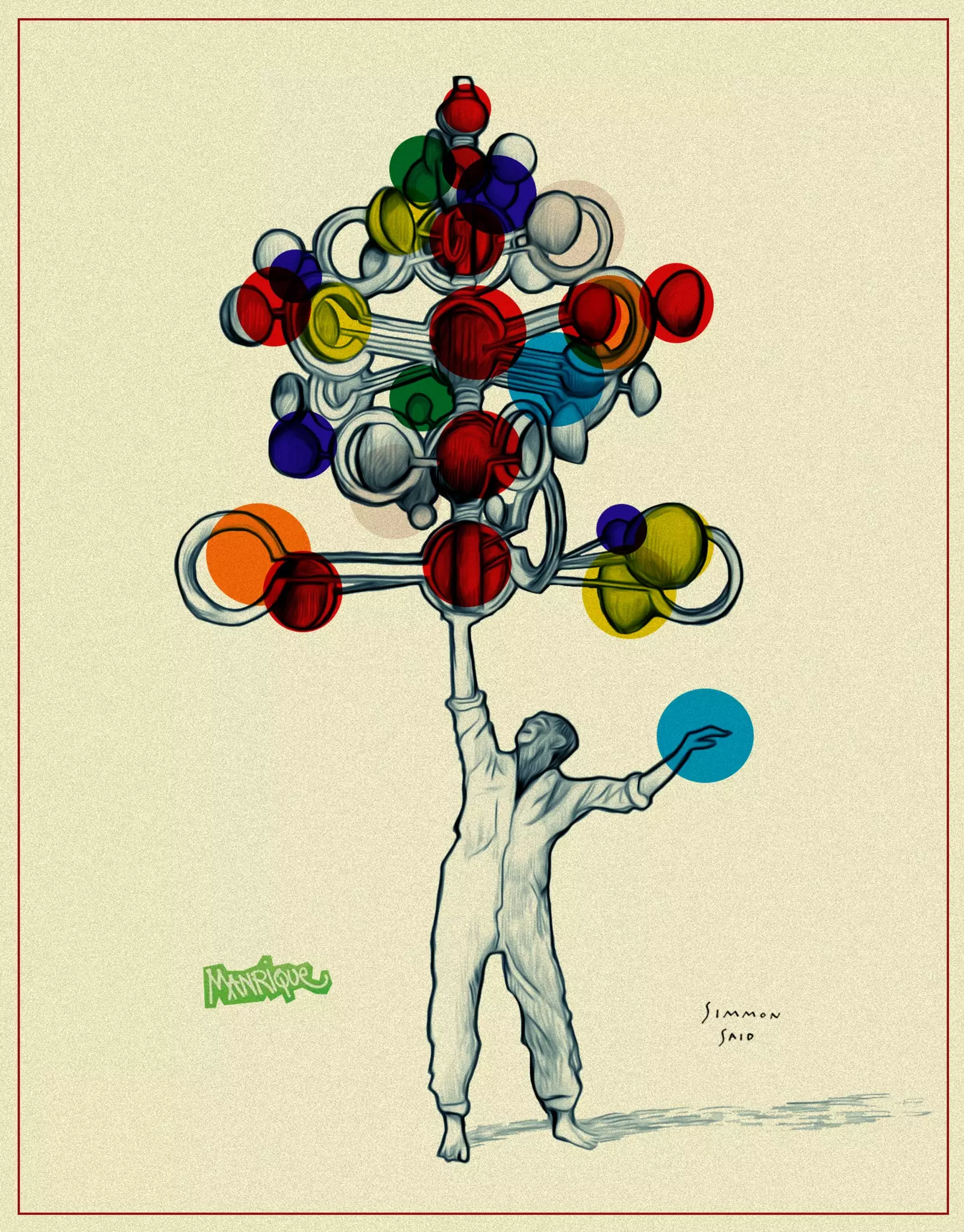
César Manrique (Arrecife, April 24, 1919 - Teguise, September 25, 1992)
A love relationship that dates back to the artist's early childhood, when he contemplated the immense Famara beach , until on September 25, 1992 when he died in a tragic car accident a few meters from what is now the foundation that bears his name. Today, on his 100th birthday, we have a moral obligation to preserve his legacy and illuminate your memory.
Cesar Manrique _(Lanzarote, 1919) _ was a painter, sculptor, designer of architectural spaces, activist environmentalist, defender of sustainable and contemporary development of the future , in his own words. His artistic panorama was infinite, although he felt more like a painter, he approached multiple artistic disciplines, each one responding to a specific creative impulse that united his artistic hyperactivity. His philosophy was ambitious: bring art to everything .

César Manrique gave as much to the island as the island gave him
He was a recognized and popular character in the artistic and cultural environment of Spain in the second half of the 20th century. He rubbed shoulders with important personalities from Spanish and international art, aristocracy, culture and society, especially during his time in Madrid and New York before returning definitively to Lanzarote. During this stage he had a great production at pictorial level, muralist and creator of spaces that made him a reference name in the national and international artistic scene.
His success did not prevent him from fighting tirelessly for defend your island from speculation and of the brutal developmentalism that other islands of the Canary archipelago had already suffered and that, little by little, threatened Lanzarote as a recurring evil. Although he is remembered for his energy and vehemence, he recognized himself as a pessimist about the future. . He feared the destruction of the environment, although that did not prevent him from committing himself until the day of his death for the protection of the island from him. Seen the seen, he did not lack reasons to fear the future.
LIFE, MAN AND ART
He was a strange and revolutionary speaker in those dark years of dictatorship where he spoke about sustainability and environment , to seek harmony in coexistence between man and his environment. He was convinced of education as the most important asset of a country, an education for happiness from ethics and aesthetics, unprecedented ideas for a backward and retrograde Spain . We are talking about the sixties.
He stood out for his intuitive vision of nature in his architectural solutions , something that he acknowledges having learned from his own island environment, and that he articulated in his aesthetic ideology called art-nature/nature-art.
With this philosophy he maintained or reinvented, in equal parts, traditional and natural aspects along with modern and avant-garde motifs, in line with some artistic trends of the moment. He pursued the idea of comfort and happiness, places that stimulated the imagination. As a clear example is the one that was your house of Taro from Tahiche , current Cesar Manrique Foundation .
His art goes beyond a specific work, his legacy is wide and very diverse . He took nature as a teacher, its capricious forms, its colors, its textures to create his abstract works, murals and mobiles in the Picasso style, or the Cesarman Rican constructions with their organic, friendly and stimulating environments.

Today is a day to passionately remember the life of a unique man linked to Lanzarote in body and soul.
THE LANZAROTE OF CÉSAR MANRIQUE
Here the name of Caesar is somewhat atavistic, almost religious , and it is not for less, his seal runs through the island like old lava flow. His spiritual connection with the island has remained almost intact to this day. . His tireless struggle to maintain and protect both the environment and the customs of the natives is very present. From the peasant architecture to the cultivation of vines in the genuine volcanic gerias, have allowed paradise to remain almost unchanged . Having to regret only a few exceptions and those that the César Manrique Foundation follows closely to combat them.
Throughout the island, César designed and worked on the construction of some of what are today some of the tourist icons of Lanzarote. He was aware that development was necessary , that he needed to modernize in many aspects, improve infrastructure and create jobs, but he had to do it in a sustainable way and respecting the calm soul of this incomparable place, without masses and decades ahead of the sustainable tourism movement . To do this, he did not hesitate to stand in front of bulldozers to make himself heard. And if Lanzarote is the paradise that it is today, it is thanks, in part, to him.
The César Manrique Foundation is the best way to get to know the island and the genius of Manrique. You will find a magical place, built between lava flows full of paintings, sculptures and spaces created by the artist. You will understand many things.
ESSENTIAL MARIQUEÑOS
The Mirador del Río to the north of the island, is an enclave from where you can observe the impressive views of La Graciosa and whose design goes beyond that of an observatory, there is simply no other like it. Try to choose a clear day to take an almost divine panorama.
The Cactus Garden It was one of his last interventions on the island in an old quarry. In it you will find more than 450 species and more of 4,000 specimens of cacti . In a distribution dreamed of in Caesar's head.
In the Jameos del Agua Caesar created from a collapsed volcanic tube an incomparable place, where rock, water and mysticism make up a kind of almost submerged temple rescued from some ancient civilization.
The Cesar Manrique House Museum , is possibly one of the most special and inspiring places. As a tribute, you access the intimacy of the artist's home and you have the feeling that César could appear at any moment in his overalls. don't forget about visit his workshop , where you can still see the paintings he was working on before his accident.
La Caleta de Famara is the place where he spent the summer as a child with his family , a small fishing village in the north of the island next to the very long and impeccable beach of Famara, which greatly influenced his imaginary and spiritual connection with the island. To this day he has not lost an iota of his magic. A good plate of grouper with a glass of malvasía grape in the El Risco restaurant It is a perfect tribute to Manrique and the Atlantic. On its walls hang originals by the artist.
And of course, the telluric force of the ** Timanfaya National Park **, where you will enjoy the impressive and unpredictable volcanic landscapes with an unparalleled plastic and aesthetic value, something that César always defended and he was right.
It is acceptable that, twenty-five years after his death, the personality and ideology of a man so unusual and revolutionary in many aspects, is vindicated with the vehemence and passion that he showed in life , especially in a world like the one we live in, which sometimes, more than desired, is too hostile to the environment and humanity as a whole. there should be more caesars.
* Thanks to the César Manrique Foundation
*Article originally published on September 25, 2017 and updated on April 24, 2019
